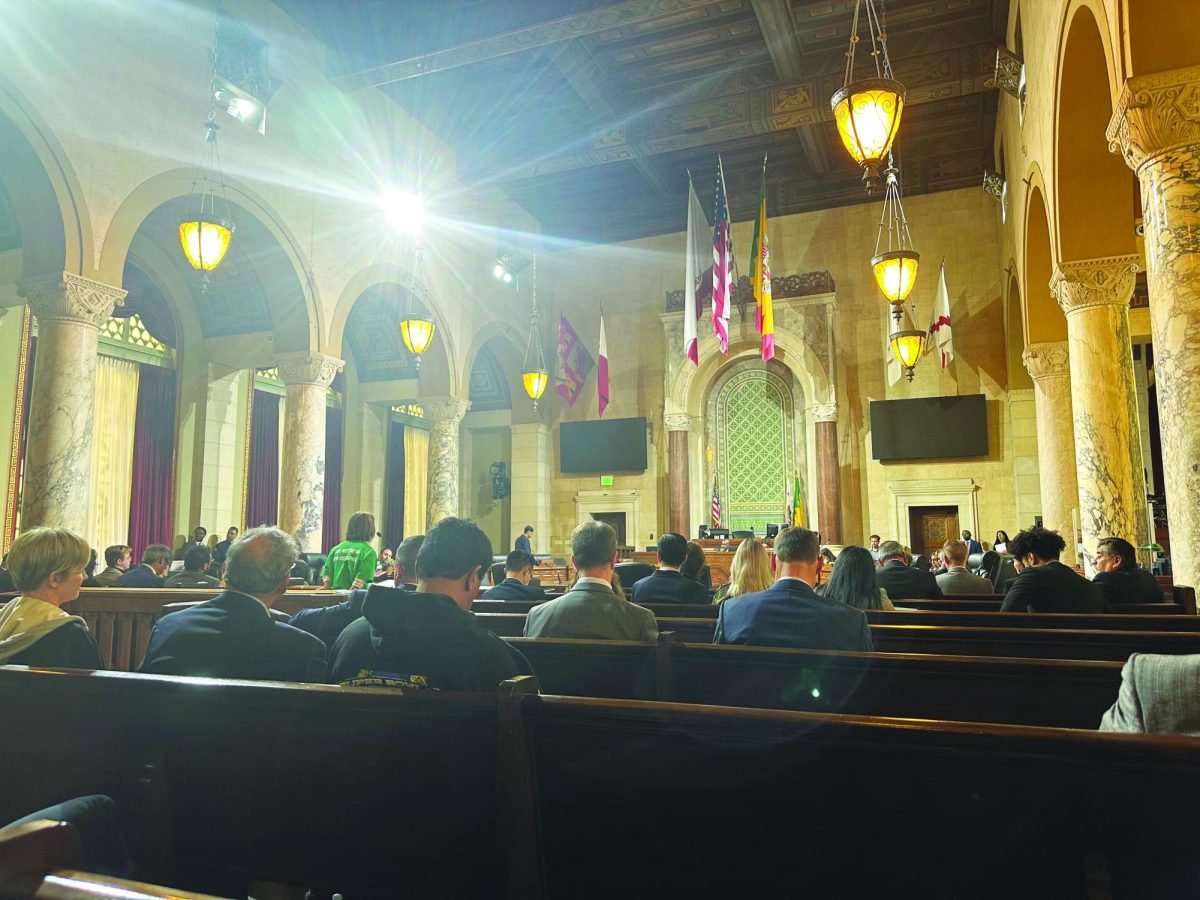The 6.4 and 7.1 magnitude Ridgecrest earthquakes that occurred earlier this month were the largest earthquakes in Southern California in two decades. These earthquakes caused the Garlock Fault to slide for the first time in recorded history. Some scientists speculate that this movement could potentially trigger the next California earthquake with a magnitude in the 8 range, colloquially known as the “Big One”.
The Garlock Fault
The 160 mile long Garlock Fault, located on the northern edge of the Mojave Desert and has no history of movement or of producing strong earthquakes, according to the Los Angeles Times.
Caltech Study
Following the Ridgecrest earthquakes, a team of geophysicists from the California Institute of Technology (Caltech) and NASA’s Jet Propulsion Laboratory (JPL) conducted an extensive analysis of the Ridgecrest Earthquake Sequence that was published in the Science magazine Oct.18. The researchers found that the Ridgecrest earthquake sequence included a 6.4 magnitude foreshock July 4, followed by a mainshock with a magnitude of 7.1 nearly 34 hours later and more than 100,000 aftershocks. The sequence rattled most of Southern California, but the strongest shaking occurred about 200 kilometers north of Los Angeles. Zachary Ross, an assistant professor of geophysics at Caltech who participated in the study, said that speculation that the recent seismic activity signals negative consequences for the future is unconfirmed. Despite worries regarding the approach of the “Big One” in the imminent future, the sliding of the Garlock Fault itself is not physically significant, Ross said.
Multifault Ruptures
Through Caltech’s latest study regarding the recent Ridgecrest earthquakes, they also discovered that earthquakes are not necessarily caused by the sliding or rupturing of a singular fault line or fault, but rather by several faults rupturing simultaneously, which results in an overall larger earthquake.
“In 1992, there was a magnitude 7.2 earthquake near a town called Landers out in the Mojave desert, and that earthquake was preceded by a magnitude 6.2 earthquake about two months before that happened relatively close by,” Ross said. “So you can think of one triggering the other through some mechanism.”
A student’s thoughts
Grant Palmer ’20, a Beverly Hills resident, said that although he was initially startled during the tremor, he felt that an earthquake had been long overdue.
“I was confused, because I was trying to fall asleep in my bed and all of a sudden my house and everything in my room started shaking for a few seconds,” Palmer said. “I wasn’t nervous though, because we live in Southern California so I’m kind of used to earthquakes.”
Concerns for the future
Although the magnitude of earthquakes in the near future is still ambiguous, it does not appear to be a matter of great concern for the time being, Ross said.
“It’s not entirely clear what might happen,” Ross said. “It could just go away on it’s own and nothing will happen, but there have been some cases that we’ve seen before in Southern California where this creeping behavior seems to be accompanied by earthquake swarms. But we’re not seeing any of these earthquakes like that in this area just yet.”





































